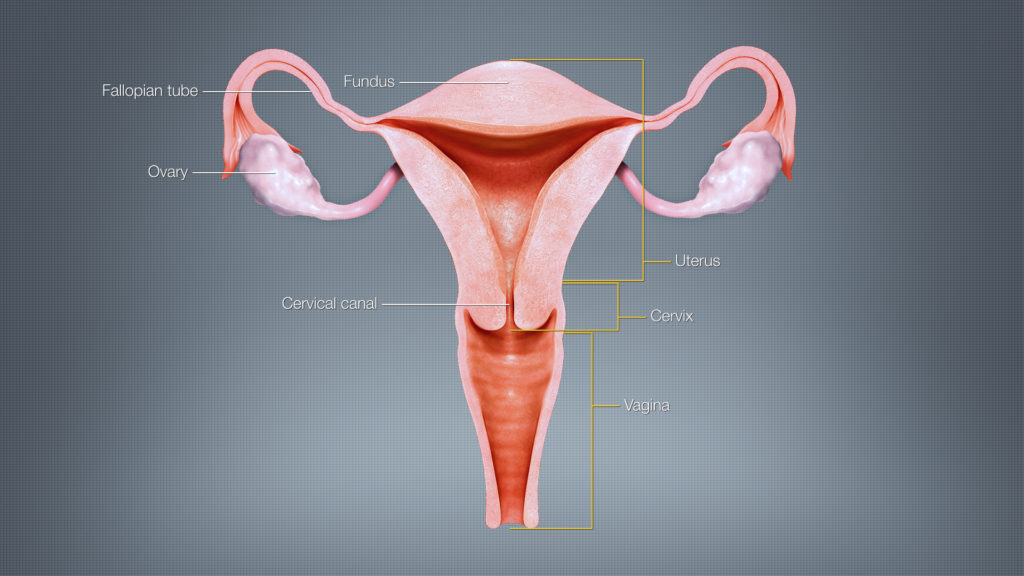It is important for anyone trying to conceive to know the facts about infertility, have a good understanding of the fertility process, and most of all know when to seek the help of a specialist.

Infertility has multiple causes, most which can be cured. Male factor causes are about 40% percent of the issues and female factor are 50% of the causes. There is also a 10% chance that both partners have an issue.

On average one in eight couples experience infertility.

Ovarian aging, and egg quality issues make it much more difficult for women in their 30’s and 40’s to conceive naturally. Medications, cycle monitoring, IUI, IVF and Egg Donor treatments can help.

A woman is born with 1-2 million immature eggs. Once she hits puberty, her egg count drops to about 400,000 eggs through process called apoptosis where the cells go through a process of natural dissolution. They are essentially reabsorbed and disappear.
As a woman ages the quantity and quality of her eggs declines.

Common procedures such as IVF and IUI are used for women in their late 30s and beyond, which allows recruitment of several mature eggs in just a few weeks where otherwise it would take months. Those eggs can be fertilized with sperm and used to transfer back into the uterus.

Knowing when to seek fertility guidance is important. If you are under 30 and regular cycles, then wait 1 year. If you are over 30, then get some testing after only 6 months.

Female factors of infertility might include ovulation disorders, blocked or damaged fallopian tubes, cervix issues due to cone biopsies or cryotherapy for abnormal pap smears, endometriosis, pelvic scarring from prior surgeries, ovarian cysts, or uterine fibroid tumors.

If a woman is not having a regular menstrual cycle each month, she is most likely not releasing an egg each month. About half female-factor infertility cases are due to ovulation disorders.

Blocked fallopian tubes account for almost 40% of all female-factor infertility cases.

In about 20% of female-factor infertility cases, the cause remains unknown. We call this Unexplained Infertility. Most patients who have unexplained infertility we eventually go on to have a live birth with no treatment at all. But that could take 1-3 years to occur.

People with unexplained infertility issues will typically find success through simple treatment to help her ovulate an extra egg. We also see a high instance of success through artificial insemination (IUI) even if he has a normal sperm count.

It is necessary for both men and women to check their infertility through fertility testing.


